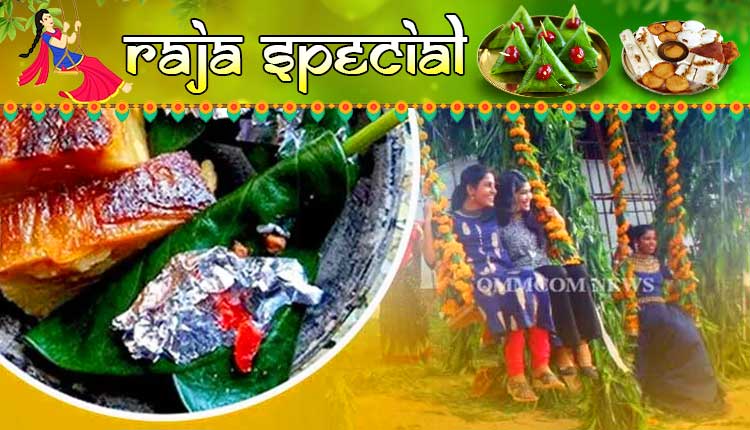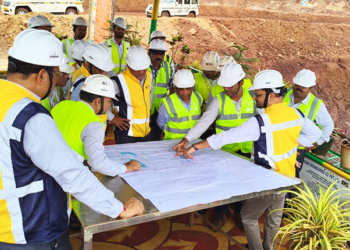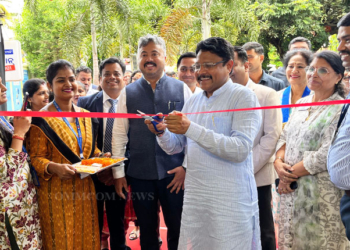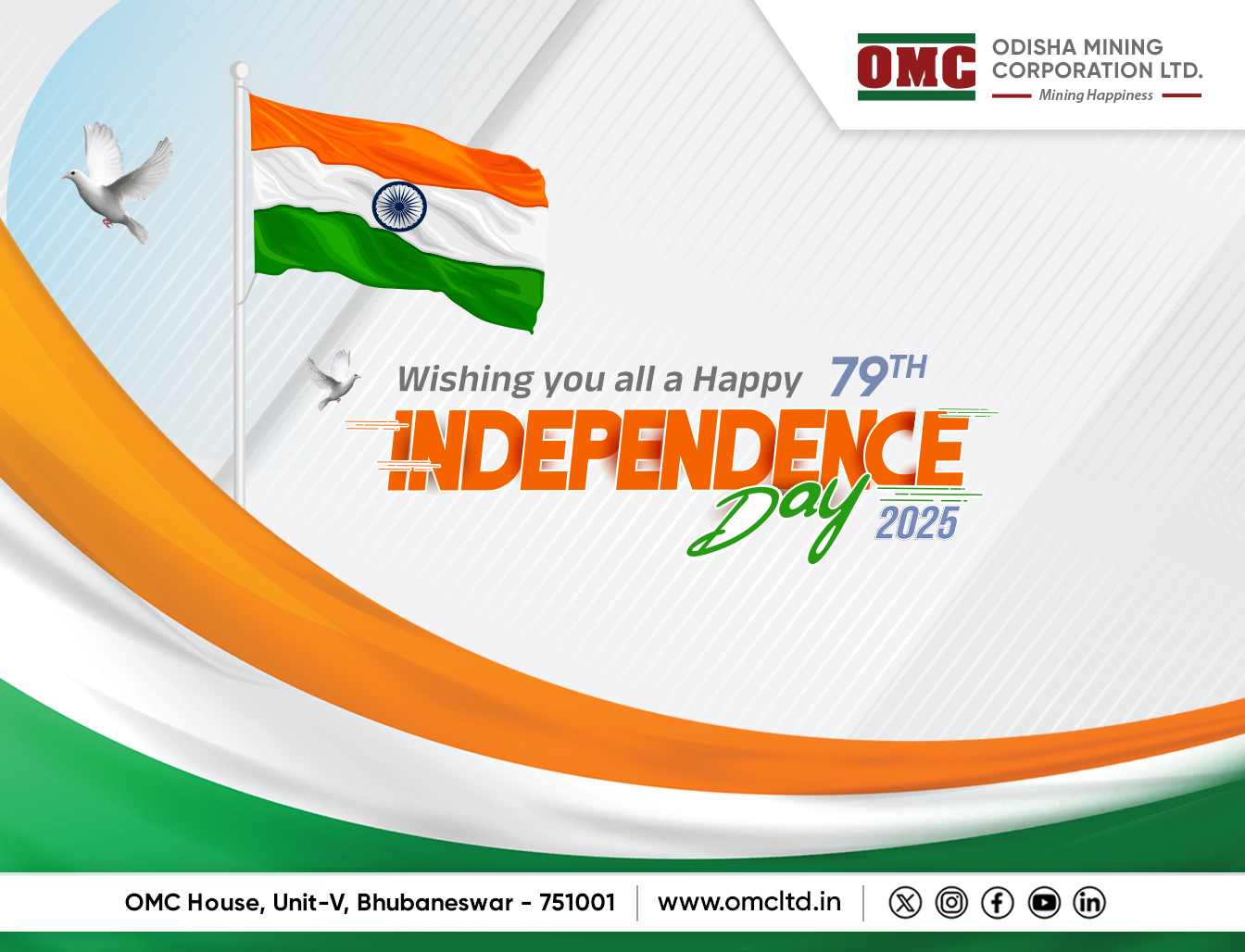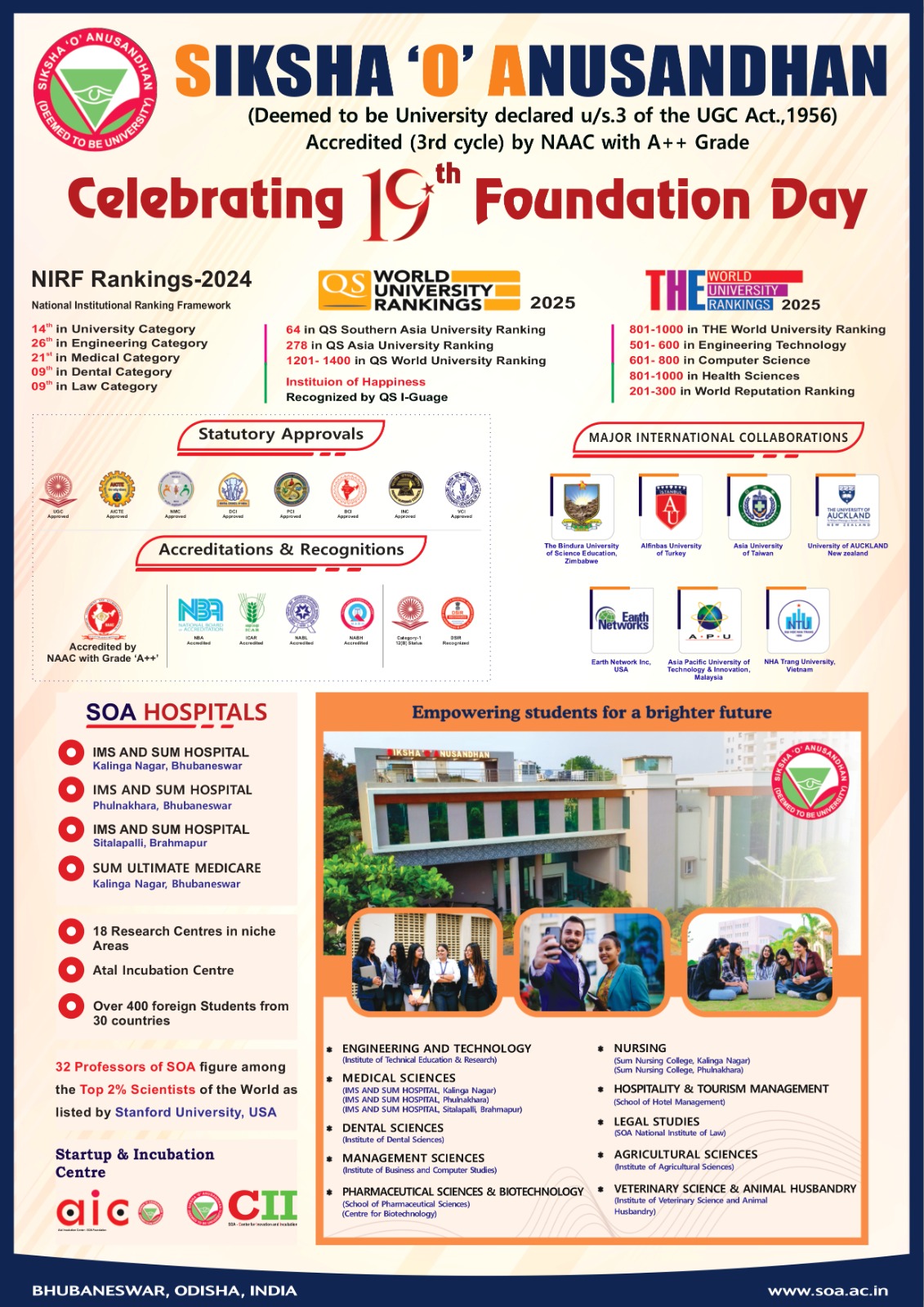Bhubaneswar: With the threat of Covid-19 gone, preparation for the four-day Raja Parba is in full swing in Odisha this year. Raja Parba, one of the most popular festivals of the state that is celebrated at the onset of monsoon, is actually a celebration of womanhood. This four-day event marks the period of fertility regeneration of the earth, equivalent to the menstrual cycle which women undergo.
This year, the festival kicks off on June 14, in the month of Asadha amid gaiety and joy.
Actually, Raja is a short form used for Rajaswala (a menstruating woman) and is celebrated across Odisha as well as Odias living outside the state. This festival signifies the menstrual cycle of the earth similar to that of a woman. Similar to women, the earth is considered to be in a latent stage during these days. This resting period of the earth is when all agricultural activities are forbidden.
The first day of this festival is termed Pahili Raja which is also considered to be the last day of the month Jestha (summers). The second day of Raja Parba signifies the beginning of the solar month of “Mithuna”, marking the arrival of rains. The concluding day is named in the local dialect as Bhuin Dahana popularly known as Sesa Raja (last day).
However, in some parts of the region, the festival actually ranges for a period of four days with the inclusion of the fourth day termed Basumata Puja or Basumata Gadhua (bathing and praying of Mother Earth).
This beautiful festival is all about food and one thing that instantly comes to our mind is Poda Pitha. The aroma and taste of the particular pitha are so alluring that it happens to be Lord Jagannath’s favourite and is savored by him each time after having a meal.
Other than the poda pitha delicacies like Arisa pitha, mutton curry, and Raja Pana makes it one of the dearest and most special festivals in every Odia household.




